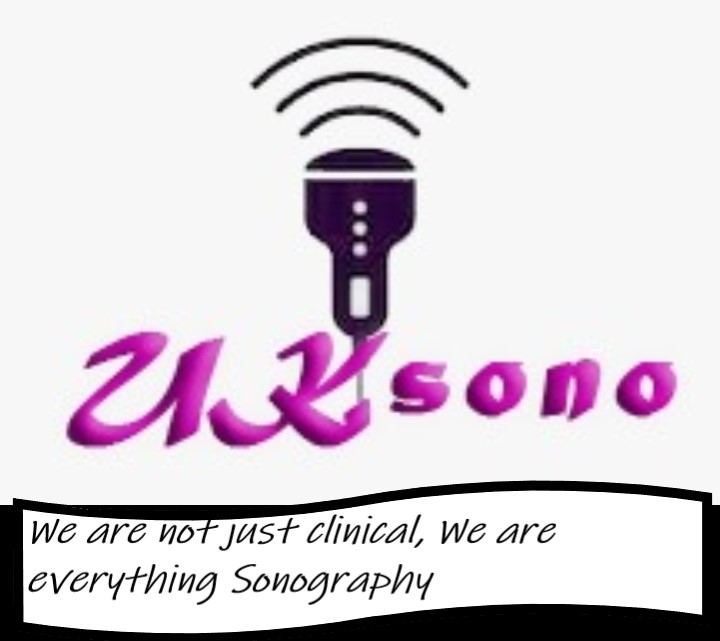Cystic neck masses
Bir poster presentation 2024
Navigating Diagnostic pitfalls: Understanding Risks in Misclassifying Cystic Neck Masses in the Era of HPV-Associated Oropharyngeal Cancer-A Case Study.
Pleomorphic Adenoma
Case study
Pleomorphic Adenoma in an 85-Year-Old Female Patient with Right Mandibular Swelling- A Case study.
Thyroid nodule Ultrasound
Recommended article on thyroid nodule characterisation on ultrasound.






